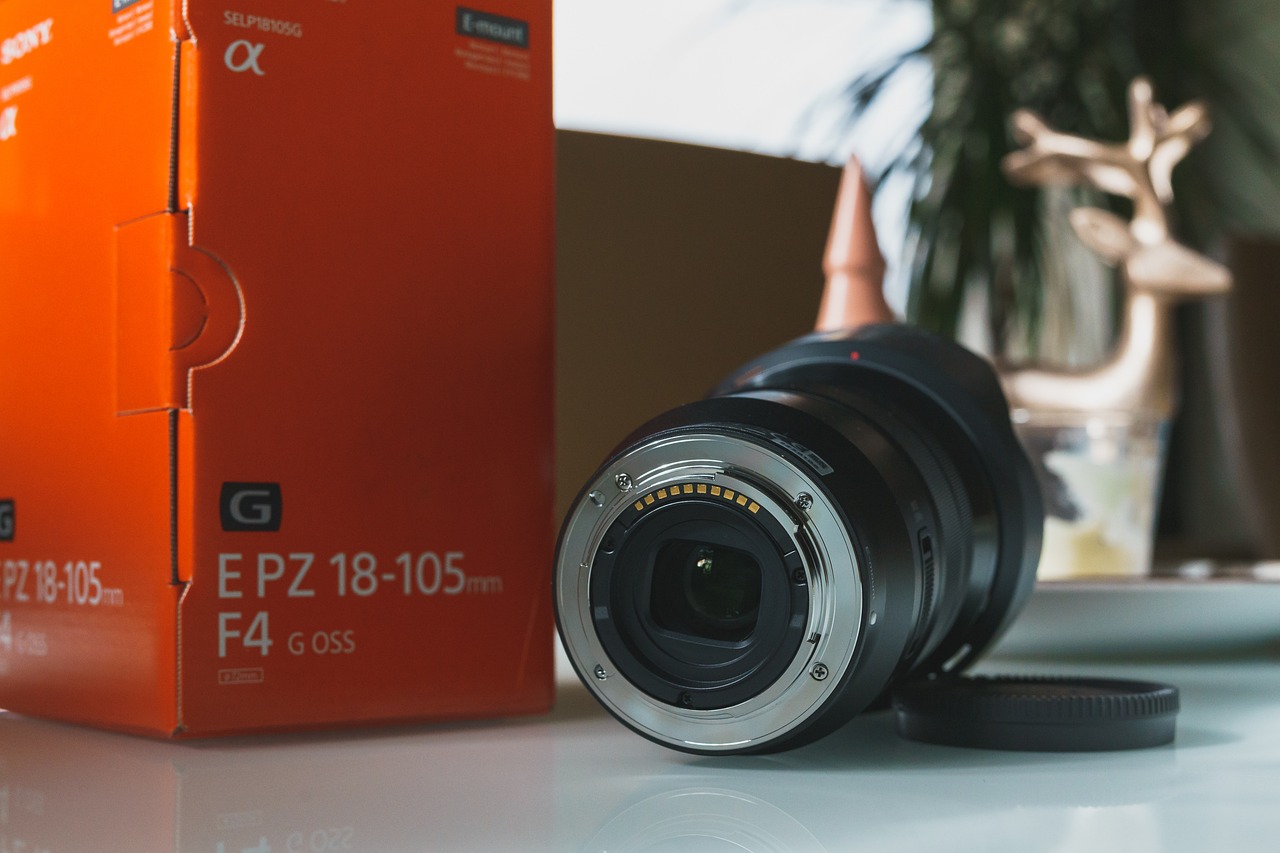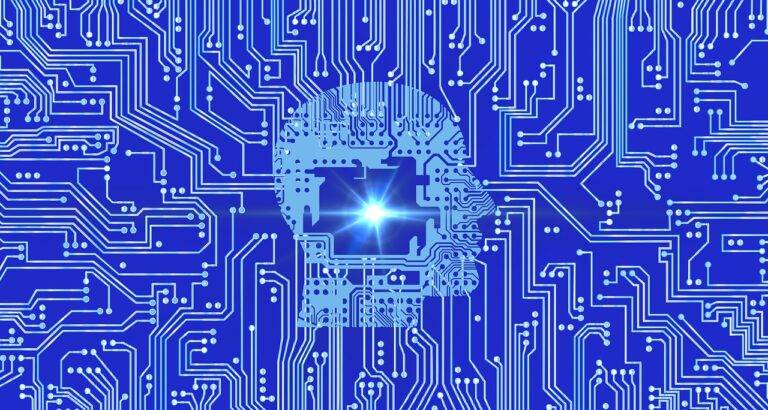Robotics in Daily Life: From Home Automation to Industrial Applications
In recent years, robotics has become an increasingly integral part of our daily lives, revolutionizing the way we live, work, and interact with the world around us. From home automation to industrial applications, robots are playing a crucial role in various aspects of our society. In this article, we will explore how robotics has evolved and its impact on daily life.
History of Robotics
The history of robotics dates back to ancient times, with the first recorded instance of automation being the creation of mechanical devices by the ancient Greeks and Egyptians. However, it wasn’t until the 20th century that robotics as we know it today truly began to take shape.
One of the most significant milestones in the history of robotics was the invention of the first programmable robot by George Devol and Joseph Engelberger in the 1950s. This robot, known as the Unimate, was used in a General Motors factory to automate tasks previously performed by humans, marking the beginning of the era of industrial robotics.
Home Automation
One of the most common applications of robotics in daily life is home automation. From robotic vacuum cleaners to smart home assistants like Amazon’s Alexa and Google Home, robots are now being used to make our lives more convenient and efficient.
Robotic vacuum cleaners, such as the popular Roomba, use sensors and algorithms to navigate and clean floors autonomously, freeing up time for homeowners to focus on other tasks. Smart home assistants, on the other hand, use artificial intelligence to provide information, control smart devices, and perform various tasks through voice commands.
Medical Robotics
In the field of healthcare, robotics is being used to improve patient care, assist surgeons during complex procedures, and enhance the overall efficiency of medical practices. Robotic surgery systems, such as the Da Vinci Surgical System, allow surgeons to perform minimally invasive surgeries with greater precision and control, leading to faster recovery times and reduced risk of complications for patients.
Robotics is also being used in rehabilitation therapy to help patients recover from injuries or disabilities. Robotic exoskeletons, for example, can assist individuals with mobility issues in walking or performing daily tasks, improving their quality of life and independence.
Industrial Applications
In the industrial sector, robotics plays a crucial role in automating repetitive tasks, increasing productivity, and ensuring safety in hazardous environments. Automated guided vehicles (AGVs) are used in warehouses and manufacturing facilities to transport goods efficiently, while robotic arms are used in assembly lines to perform precise and repetitive tasks with speed and accuracy.
Robots are also being used in the field of agriculture to automate tasks such as planting, watering, and harvesting crops. Agricultural robots can help farmers increase efficiency, reduce labor costs, and optimize crop yields, ultimately contributing to a more sustainable and productive food system.
Robots in Education
In the field of education, robotics is being used to engage students in STEM (science, technology, engineering, and mathematics) subjects and develop their critical thinking and problem-solving skills. Educational robots, such as LEGO Mindstorms and Ozobots, are used in classrooms to teach coding, robotics, and other technical skills in a fun and interactive way.
By incorporating robotics into curricula, educators are able to provide students with hands-on learning experiences that prepare them for the technological advancements of the future. Robotics competitions, such as FIRST Robotics and VEX Robotics, also give students the opportunity to apply their knowledge and skills in a competitive setting, fostering teamwork and creativity.
Challenges and Ethical Considerations
While the integration of robotics in daily life brings numerous benefits, it also poses challenges and ethical considerations that must be addressed. One of the main concerns is the potential impact of automation on jobs and the economy, as robots are increasingly being used to replace human workers in various industries.
There are also ethical considerations surrounding the use of robots in healthcare, such as ensuring patient safety, privacy, and informed consent. As robots become more autonomous and capable of making decisions independently, questions arise about the moral and legal implications of their actions.
Future Prospects
Looking ahead, the future of robotics in daily life is filled with exciting possibilities and innovations. Advances in artificial intelligence, machine learning, and sensor technologies are driving the development of robots that are more intelligent, versatile, and adaptable to diverse environments.
From self-driving cars to delivery drones, robots are poised to revolutionize transportation and logistics, making our lives more convenient and sustainable. In the healthcare sector, robots are being developed to assist with elder care, remote monitoring, and drug delivery, improving quality of life for patients and caregivers.
Conclusion
In conclusion, robotics has transformed the way we live, work, and interact with the world around us, with applications ranging from home automation to industrial processes. As robots continue to advance in capabilities and become more integrated into our daily lives, it is essential to address the challenges and ethical considerations that come with their use.
By embracing the potential of robotics while also being mindful of the impact on society, we can harness the power of automation to create a more efficient, sustainable, and inclusive future for all.
FAQs
1. What are the benefits of using robotics in daily life?
Robotics in daily life offers numerous benefits, including increased efficiency, improved safety, and enhanced convenience. Robots can perform tasks autonomously, freeing up time for humans to focus on more important activities, while also reducing the risk of human error in dangerous or repetitive tasks.
2. What are some of the ethical considerations surrounding the use of robotics in healthcare?
Some of the ethical considerations in healthcare robotics include ensuring patient safety, protecting patient privacy, and obtaining informed consent for treatment. As robots become more autonomous and capable of making decisions independently, there are also questions about liability and accountability for their actions.
3. How are robots being used in the field of education?
Robots are being used in education to engage students in STEM subjects, develop critical thinking skills, and promote creativity. Educational robots, such as LEGO Mindstorms and Ozobots, are used in classrooms to teach coding, robotics, and other technical skills in a hands-on and interactive way.
4. What are some of the future prospects for robotics in daily life?
The future of robotics in daily life is filled with exciting possibilities, including advances in artificial intelligence, machine learning, and sensor technologies. Robots are expected to become more intelligent, versatile, and adaptable to diverse environments, revolutionizing transportation, healthcare, and other sectors.





